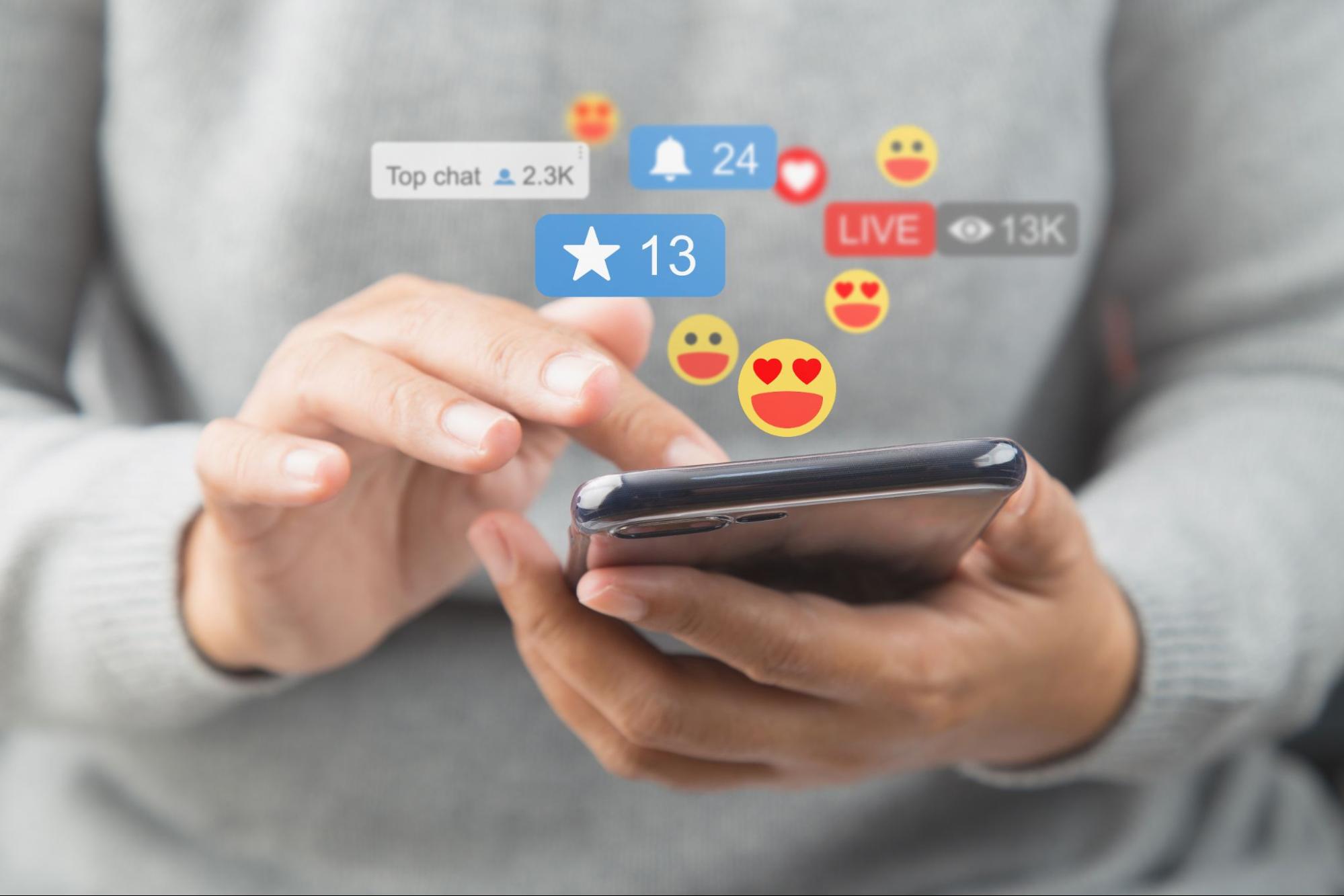
It started with a breakup. Not mine, but someone I follow. She posted a soft-lit carousel of post-heartbreak selfies — one crying, one journaling, one holding a smoothie like it had emotional significance — with a caption about “choosing peace” and “finding myself again.”
It got 87,000 likes.
I clicked like, too. Then the algorithm did its thing.
Over the next three days, my feed turned into a heartbreak sanctuary. Tarot readers pulling cards for “those who’ve just been abandoned.” Relationship coaches dissecting signs of avoidant attachment. A reel of Selena Gomez mouthing “I needed to lose you to love me,” layered over candlelight and slow-motion teardrops.
I hadn’t even been dumped. But now I felt dumped.
That’s how the internet works. It doesn’t just give you what you want. It gives you what you already believe — louder, brighter, and with better lighting.
There’s a name for this, of course: confirmation bias — our brain’s deeply human habit of seeking out, favoring, and remembering information that supports what we already think is true.
It’s not just about politics or vaccines or conspiracy theories. It’s about self-worth. It’s about heartbreak. It’s about how you can be feeling a little off one morning, scroll through six mental health reels, and come out convinced you’ve been emotionally neglected since age seven.
The brain wants coherence. It wants things to make sense. And when you're served content that aligns with your subconscious fears or quiet assumptions, it feels like clarity — when it might just be echo.
Confirmation bias is the reason we feel “seen” by strangers who have no idea we exist. It’s the reason you Google “signs he’s losing interest” instead of “how to feel secure in relationships.” It’s the reason social media feels like truth, even when it’s performance.
I once spent two weeks convinced I had ADHD. I saw a TikTok of someone explaining how they always forget their keys, struggle with small talk, and fidget when they’re anxious. Me too, I thought. Me too.
Then I watched 47 more videos. I read self-diagnosis threads. I started noticing my own “symptoms” everywhere — forgetting appointments, zoning out during Zoom calls, half-finishing emails.
Eventually, I booked a professional assessment. The results? Not ADHD. Just burnout. Sleep deprivation. A touch of pandemic-era brain fog. And the ever-present glow of confirmation bias.
My mistake wasn’t ignorance. It was mistaking recognition for diagnosis. That little dopamine hit that comes from thinking, yes, that’s me — even when it’s not.
Social media doesn’t create confirmation bias. It weaponizes it. Every like, comment, and save is a tiny vote that tells the algorithm what kind of reality you prefer — and it serves it up, on repeat.
If you start watching videos about healing from narcissistic abuse, you’ll start seeing narcissists everywhere. If you save a post about cutting off toxic friends, suddenly everyone in your life feels toxic. You begin to interpret ordinary hurt through an extraordinary lens.
And the algorithm doesn’t care whether it’s helping you heal or spiral — only whether you stay.
“The internet is like a mirror maze,” a psychologist once told me. “You think you’re seeing the truth, but mostly you’re just seeing yourself — over and over again.”
What began as comfort becomes conviction. What began as resonance becomes righteousness. You stop asking, Could I be wrong? and start asking, Why is everyone else still in denial?
To be clear: some people are being emotionally neglected. Some people do need to leave toxic relationships. Some people do have undiagnosed mental health conditions.
But when every post on your feed confirms your worst suspicions about yourself, your partner, or your past, you have to wonder — are you healing, or rehearsing?
There’s a fine line between self-awareness and self-indoctrination. Between being honest about your pain and curating content that keeps you in it.
I know someone who spiraled into chronic anxiety after watching too many TikToks about trauma bonding. Her relationship wasn’t perfect — but it wasn’t abusive. Still, the more she watched, the more convinced she became that she was reenacting childhood trauma. She broke up with him. Then she spiraled into loneliness and started watching videos about anxious attachment.
The content didn’t lie to her. But it didn’t know her either.
Let’s be real. We’re a lonely generation. Therapists are expensive. Community is fractured. Everyone’s busy, burned out, and searching for meaning.
In the absence of stable identity anchors, we outsource our self-understanding to content. We scroll until something hits hard enough to give us a story about ourselves. And because the content is so good at mimicking intimacy — eye contact, soft voice, casual vulnerability — it feels more trustworthy than our own gut.
We’re not just biased. We’re hungry. For belonging. For language. For reasons why we feel the way we feel.
And the internet — bless its glitchy heart — gives it to us. Filtered. Packaged. Wrapped in soothing pastel carousels and 60-second reels.
I wish I had a clever twist here. A profound insight. I wish I could say, And then I deleted Instagram, got a therapist, and never got caught in a bias loop again.
But that’s not true.
I still like posts that confirm my fears. I still follow creators who tell stories that make my pain feel justified. I still get a sick little thrill when the algorithm feeds me something that says, You’re right to feel this way. You’re not crazy.
And sometimes, I am right. Sometimes I’m not.
The real work, I think, is staying curious. Asking: Why do I believe this? Who benefits from me believing it? And what am I not seeing because of it?
Confirmation bias isn’t a flaw. It’s a survival instinct. But when it’s fed too much — by algorithms, content, or our own pain — it becomes a cage.
And maybe all we can do, sometimes, is notice the bars.